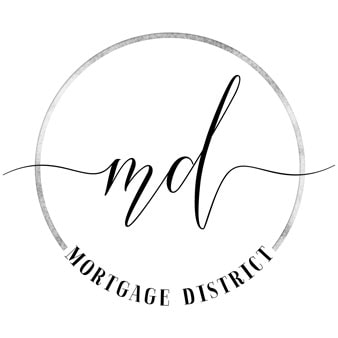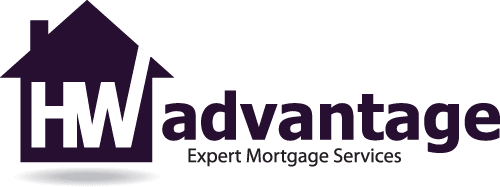The Government of Canada recently introduced an incentive program for first-time home buyers that has many people outside the industry wondering if it’s a good move to help the next generation get into a home, or if it doesn’t really quite fill the need.
Essentially, the government is providing a first-time home buyer incentive in the form of a Shared Equity Plan. This means that the government will have a shared interest in your home and benefit from any increases in value or lose from any dips. They say this is to help first time buyers qualify for a home and reduce some of the expenses related to mortgage and closing costs.
The parameters to qualify for this shared equity incentive are as follows:
The Numbers Behind the Shared Equity Plan:
As enticing as this might sound to people struggling to get approved for a mortgage, a mortgage broker will give you the real numbers behind the incentive. Depending on your situation, what seems like a great short-term solution, may end up costing more than you’re willing to invest in the long term. While there is no interest on the loan, the government does get 5% of any increase in the value of your home when it’s time to repay the loan. On the other hand, they also share in any loss if the property’s value declines.
Let’s look at this example… you decide to purchase a home priced at $400,000 and receive an incentive of $20,000. Let’s look at a few different pay-back scenarios:
Scenario 1: You decide to repay the loan two years later. The home is now appraised at $500,000. That means that you have to pay the initial $20,000 with another $5,000 based on the increase in the value. So, you will have to repay $25,000. Not too bad.
Scenario 2: You decide to repay the loan 2 years later, but the home has decreased in value, now appraised at $375,000. Rather than the $20,000 initial investment, you only are required to repay $18,750.
Scenario 3: Congratulations on your growing family. That means you have outgrown your home and decide to move five years later. With your home now valued at $650,000, in addition to the $20,000 you owe another $12,500 for a total loan repayment of $32,500.
Scenario 4: You decide to move 10 years later and your home value is now $900,000. What once seemed like a reasonable $20,000 interest-free loan, now costs you $45,000 to repay.
My Tip: If you are certain that you can facilitate a quick turnaround on the loan payback, this might be worth-while to investigate. If you think that you won’t be able to pay for years, I would highly recommend working with a mortgage broker to find a financial institution who will approve your mortgage. If you are aiming too high, a mortgage broker can point you in the right direction to ensure you are getting in the home that is right for you.
Want to get started? Contact us by filling out the form below or by calling us at 905-541-6961.


